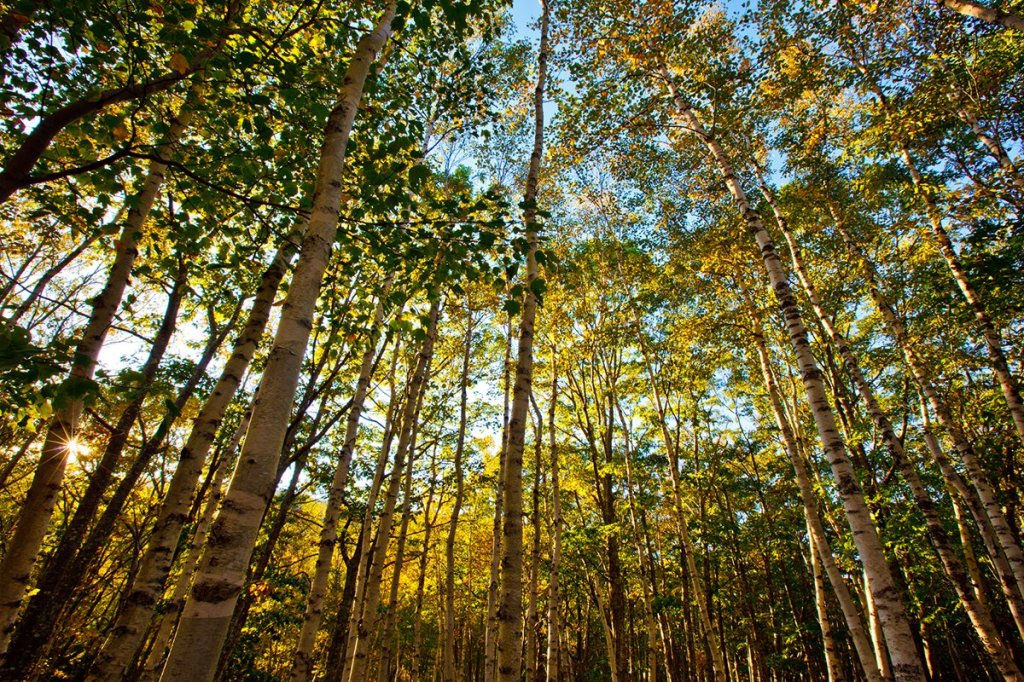Maine just became the 22nd state to join the U.S. Climate Alliance and is poised to play an outsized role in the coalition. Gov. Janet Mills has made climate a priority, and Maine, as a state of working forests and farms, is well positioned to develop and refine strategies through which these working lands can help fight climate change.
As the 2018 report by the Intergovernmental Panel on Climate Change documents, we can’t meet the goals of the Paris climate accord unless we take steps that go beyond reducing emissions. We also need to remove carbon already in our atmosphere.
Many people understand that woodlands can sequester carbon, yet don’t realize how beneficial well-managed farmland can be.
In Maine Farms, the journal of Maine Farmland Trust, I wrote, “Farming … has the potential to help mitigate climate change. … Not all farming reduces atmospheric carbon. But the right farming practices applied in the right places can make a real difference.” That was three years ago.
Six months later, I became president of American Farmland Trust, an organization that has worked for over 30 years to advance various farming practices that rebuild soil health and capture carbon, including no-till, cover cropping, improved grazing management and more. I now have a much deeper understanding of the role agriculture can and must play.
First, agriculture can reduce its own greenhouse-gas emissions. At present, U.S. agriculture produces 9 percent of total U.S. emissions. Like other sectors, agriculture can realize far greater efficiencies, while advances in precision agriculture, crop selection and on-farm renewable energy generation hold promise to reduce emissions even further.
Second, farmland can sequester vast amounts of carbon. Globally, soil stores two to three times more carbon than the atmosphere and vegetation combined. Upland soils also serve as a sink for atmospheric methane. Past land use practices have resulted in the loss of 50 percent of soil carbon. Not only can we stop that loss, but we also can reverse it, by adopting a variety of “climate-smart” farming practices that put carbon back into the soil.
Lastly, farmland that remains in farming can prevent higher future emissions. Losing farmland to development will exacerbate climate change in three ways. First, that land converts to a use that will likely produce far more emissions than the former farm. Second, we lose land that could have been managed in the future to actively sequester carbon.
And third, with each acre of farmland we lose, we put more pressure on the remaining land to be managed more intensely for food production — which, in turn, makes it less likely that the remaining farmland will be managed to optimize environmental benefits.
We must protect this irreplaceable resource.
In all these areas, Maine has a key role to play. Our state may not be an agricultural powerhouse, but in our own way, we have been an innovative leader in both farmland protection and farming practices. Having worked with Maine farmers for over 25 years, I know that they care deeply about the land and want to do what’s right by it. I also know that many Maine farmers possess the ingenuity and inventive spirit that these times demand.
That doesn’t mean these farmers don’t need help. In fact, one of the many benefits of Maine joining the U.S. Climate Alliance is that, through it, Gov. Mills and her team will have access to technical information and resources from American Farmland Trust and other Alliance partners to help support Maine farmers.
These closing words from my 2016 article could not be more spot-on: “Maine’s farmers not only raise the food that sustains us but steward the fields and woods that we cherish for hiking and hunting, scenery and solace. Beyond that, with the right resources and support, our farmers can help restore our planet.”
John Piotti, president of American Farmland Trust, is former majority leader of the Maine House and past president of Maine Farmland Trust.
Send questions/comments to the editors.



Success. Please wait for the page to reload. If the page does not reload within 5 seconds, please refresh the page.
Enter your email and password to access comments.
Hi, to comment on stories you must . This profile is in addition to your subscription and website login.
Already have a commenting profile? .
Invalid username/password.
Please check your email to confirm and complete your registration.
Only subscribers are eligible to post comments. Please subscribe or login first for digital access. Here’s why.
Use the form below to reset your password. When you've submitted your account email, we will send an email with a reset code.